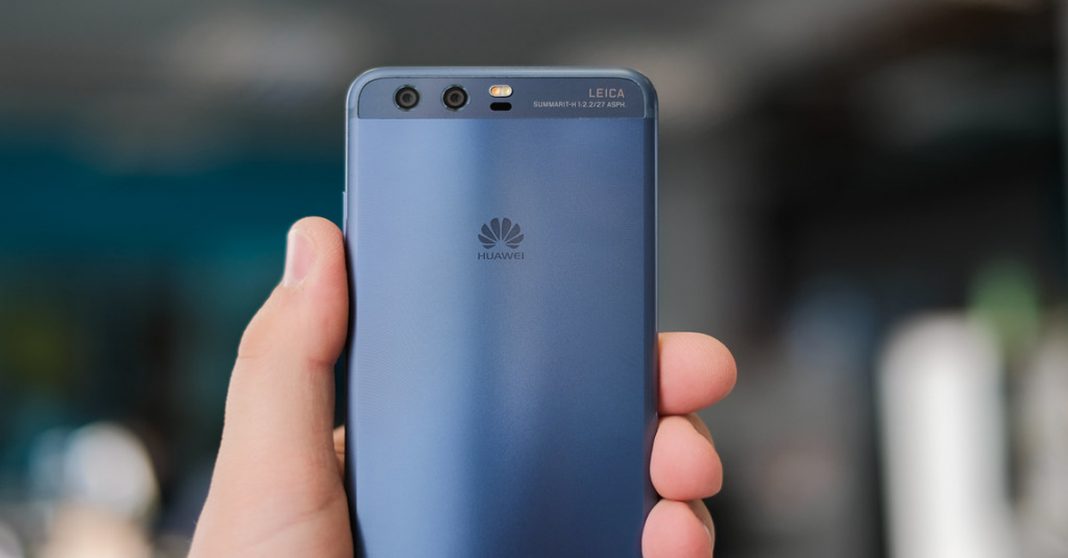Huawei has unveiled its latest solutions in Laos such as 5G, smart cities, smart government, and Huawei Cloud in a move that would help the Chinese telecom giant overcome a United States-led sanction.
Speaking at the Laos ICT Expo 2019, which was held last week in Vientiane, Huawei Laos CEO Mark Wong said that the company’s latest technology solutions, such as 5G and smart cities, were in line with Laos’ digital transformation vision and would support the nation to build a complete digital transformation ecosystem.
Wong added that Huawei would continue to provide the best products and solutions for Laos’ digital economy, help realize the vision of a digital nation, and contribute to the transformation of Laos from being landlocked to a land-linked country.
Huawei’s move is not a coincidence given the company’s latest efforts to strengthen its presence in Southeast Asia amid a global sales drop due to US sanctions.
In May, the US put Huawei on a list of companies that American firms cannot trade with unless they have a license, arguing that that the Chinese firm – the world’s largest maker of telecoms equipment and the second biggest smartphone maker – posed a security risk.
Huawei initially dismissed the impact of such a move by the US, but the company founder Ren Zhengfei admitted in June that the company’s international sales of handsets sunk 40% in the past month, adding that it would slash production by USD 30 billion.
Several allies of the US, including Germany, joined hands in the sanction efforts and since Huawei has traditionally drawn its strength from mature telecom markets like Europe, it would be natural for the Chinese firm to seek alternative income sources while minimizing the damage of the sanction.
In Thailand, for instance, Huawei already provides 4G network equipment to major players like True. The Thai government also selected the firm one of the test players for 5G equipment in Chonburi, a region the country hopes to develop into a leading economic zone.
In the Philippines, where two local players are considering launching 5G service, Huawei is in a promising position since the country’s leading telecom operator Globe Telecom’s 4G networks already run entirely on Huawei equipment.
In Malaysia, meanwhile, it has recently signed memorandums of understanding with local companies that hope to introduce 5G in the country.
And there goes Laos. Huawei is currently the third largest mobile vendor in Laos by market share, according to a web analytics firm StatCounter.
As of end-June, its market share stood at 15.36% after Apple with 21.75% and Samsung with 37.4%.
An interesting development is that its share has steadily grown since November last year, while the second largest vendor Apple has witnessed its share dropping since February. The pace is slow, but the gap between the two players is narrowing gradually for sure.
One more gist is that customers in Laos did not seem to have put much emphasis on the possible impact of the US-led sanction against Huawei.
Huawei market share rather increased since May when the sanction was imposed. The number jumped from 14.7% in May to 15.36% in June.
Laos might still account for a very small part of Huawei’s global sales, but as an old saying suggests, drop by drop fills the tub and Huawei appears to understand it well.



